On the first day of the new year, I am excited to share the beginning of our suburban homestead—a dream nurtured through the crisp winter air and the hope that comes with a clean slate. As the clock turns over at midnight and the outside is blanketed by a ghostly layer of white, we embark on a journey that is as pristine and promising as the freshly fallen snow.
Join me as I try to discover what homesteading means to us, and my plan to get through 2024 growing as much of our own food as possible.
Defining Our Suburban Homestead
Self-sufficiency means something different to everyone. If I want to reach my yearly goal to turn our quarter-acre plot in the suburbs of Minneapolis into a productive paradise, and all other things that come with becoming more off-grid and self-sufficient this year, I must focus on the tracts that will get me there specific to our home.
The top goal: grow food. An urban homestead provides a unique set of challenges, from extra care with pest control, keeping a visually tidy garden, and fighting the urge every time I’m hungry to rely on the dozens of restaurants and grocery stores around me, when I can have access to a cleaner, healthier, more eco-concious, and frugal solution to our meals.
This year’s top homestead goals:
- Manage the garden to grow over 75% of our annual plant-based food budget
- Increase off-grid capacity for water and electricity
- Lower dependence on a grocery store and restaurants with a sustainable pantry organization
- A home that is organized and maintained, embracing minimalism
- Added home and garden automation
Homestead Calendar for 2024
This year I will take a slower and more intentional approach, accepting a slower pace to progress in a more meaningful way. I hope you will join me in our journey as I try to grow most of our own food, become less reliant on the system, and learn how to live a more self-sufficient life in modern times, with a new focus each month.
Table of Contents
- Defining Our Suburban Homestead
- Homestead Calendar for 2024
- January: Eating from the Pantry
- February: Home Organization
- March: Sowing Seeds Indoors and Houseplants to Eat
- April: Garden Infrastructure and Cleanup
- May: Spring Planting
- June: Harvest Herbs for Crafting
- July: Automate the Garden Watering
- August: Harvest & Preserve
- September: Eat from the Homestead
- October: Fall Planting
- November: Garden Cleanup
- December: Decorate, Rest & Be Merry
- Conclusion

January: Eating from the Pantry
Instead of weekends at restaurants and late-night beers, this January we will simplify and organize our diets to reset what nourishes us by eating only from the pantry. Too cold to go outside anyway, January is a good time to reset and take stock. This not only aligns with my desire to save money for an upcoming trip but also simplifies my daily routine, fostering a deeper connection to the fruits of my homestead labor.
- Reset your pantry for a fresh start: Sustainable Pantry Organization for New Homesteaders
- Whether you’re in an apartment, house, high-rise, or out in the country, everyone can get started homesteading indoors: Best Indoor Gardening Tips for Apartment Homesteading
- Invest in the right tools for indoor gardening: Smart Gardens: Urban Farming with Futuristic Tech

February: Home Organization
Getting back to basics continues in February as I focus my attention back on the home itself. A cleaning routine and a whole-house declutter are in order as we get ready to start many new and exciting projects in the coming months. A suburban homestead is no different inside the home than any other homestead—the grounds must be maintained for maximum efficiency and frugality.
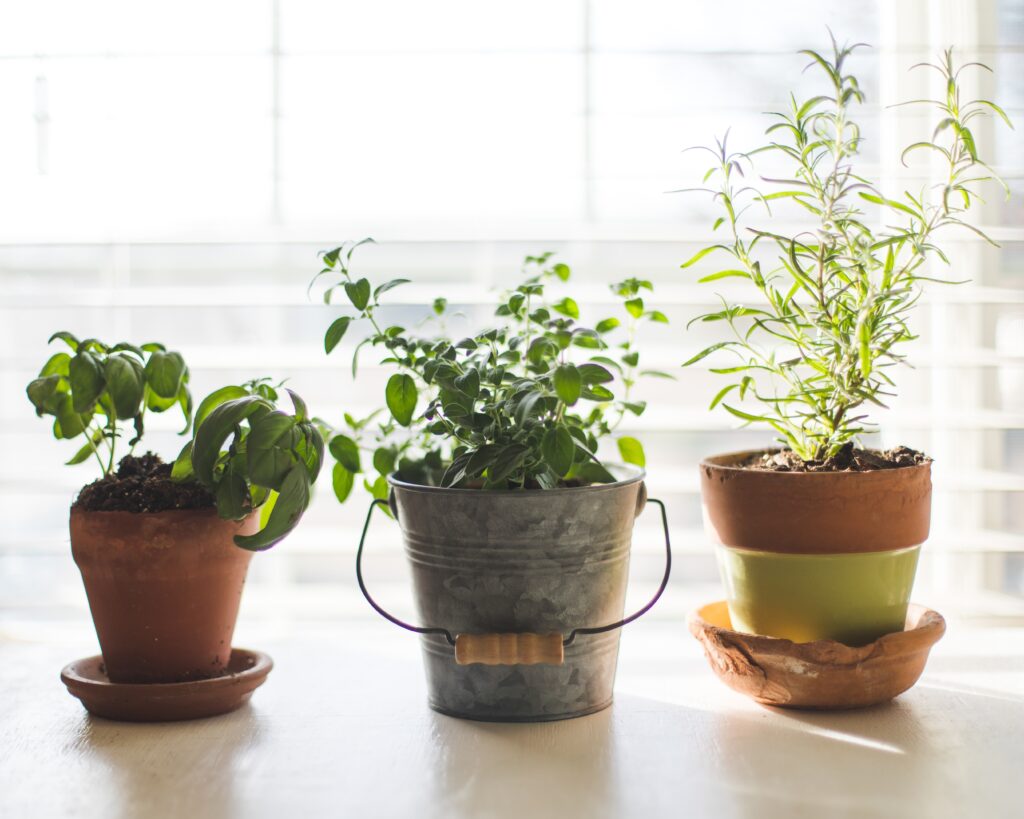
March: Sowing Seeds Indoors and Houseplants to Eat
In March I will begin to sow seeds indoors, with more detailed posts to follow up. Tomatoes and peppers will be top of the list, and the ground may be thawed enough to plant the onions for the fall harvest. After Febrary thaws, we will be organized enough to also start and maintain an indoor lettuce garden, focusing on garden automation.
What would you prioritize growing on a suburban homestead with limited space?
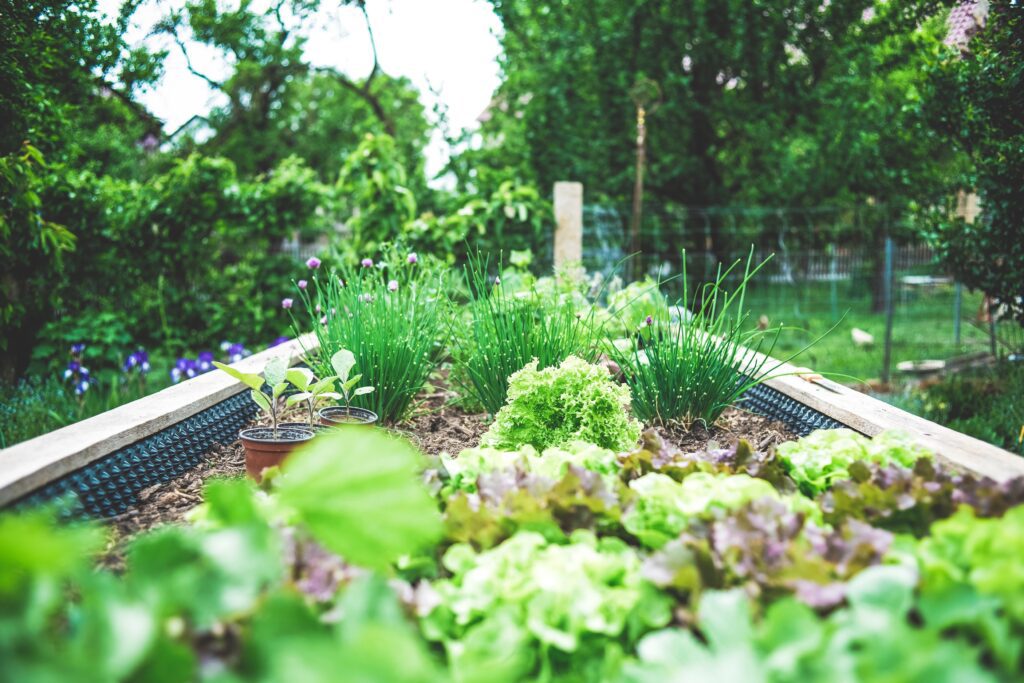
April: Garden Infrastructure and Cleanup
Finally, the air begins to warm, and bits of grass peek out from their wintery grave. As the rains fall and the ground melts, we can finally clean up the garden. We need a fence to keep out the pests, and some irrigation from the rain barrel to the garden. Mostly though, we need to make sure there are no dead mice…
There is much to do in the garden and for the lawn this time of year, a Spring garden to-do list is in order:
- Add compost to the columnar apple trees
- Tidy the garden
- Mulch the garden
- Set up pest control
- Install a garden fence
- Spring lawn care
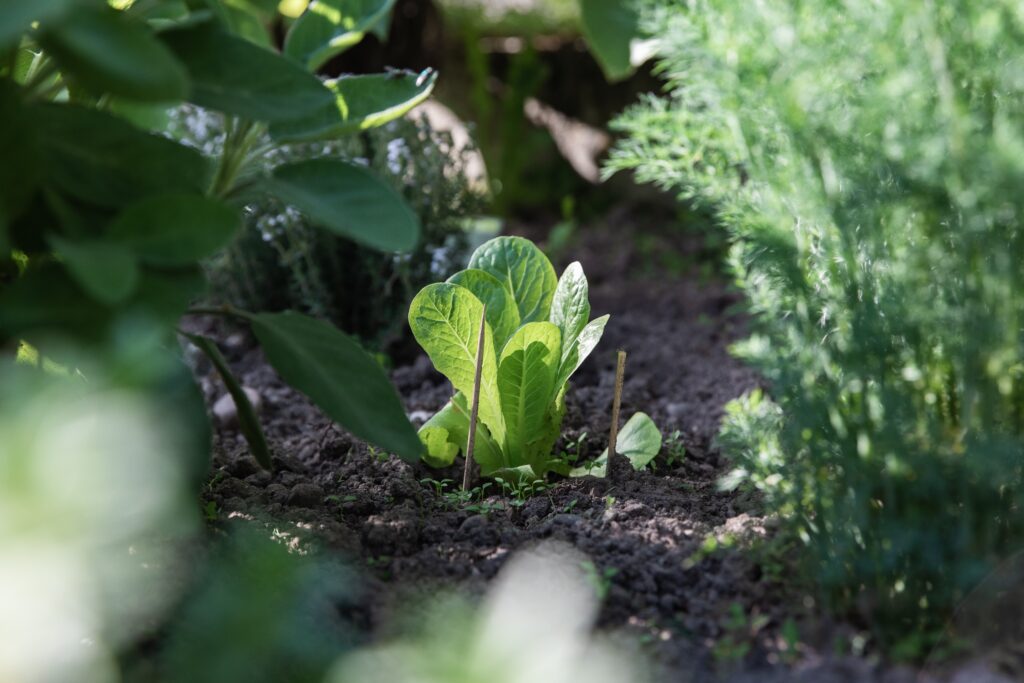
May: Spring Planting
Spring has sprung! The sun warms our faces and it feels really good to be outside again, ready full-force for another season. Hold on though—we need to do the spring planting on our suburban homestead efficiently so that we can spend more time enjoying the garden than working in it!
This year we will focus on growing a few plants very well: tomatoes, peppers, onions, and garlic. We will maintain our strawberry patch and our asparagus patch, and clean up the mint garden bed. There is a newly planted serviceberry bush out front, and apple trees to tend.

June: Harvest Herbs for Crafting
Cultivating an array of botanical wonders from my garden, I will document my journey of turning nature’s bounty into unique, handmade crafts that not only bring joy to others but also pave the way for financial independence for our suburban homestead. Plenty of herbs should be sprouting up and the cats will lounge in their catmint beds, and if the rabbits stay away, we’ll have a few strawberries to snack on as well.
Need ideas for your own plant-based homestead? Check out our shop to gain some inspiration or find the best tools for your next homestead product to sell.
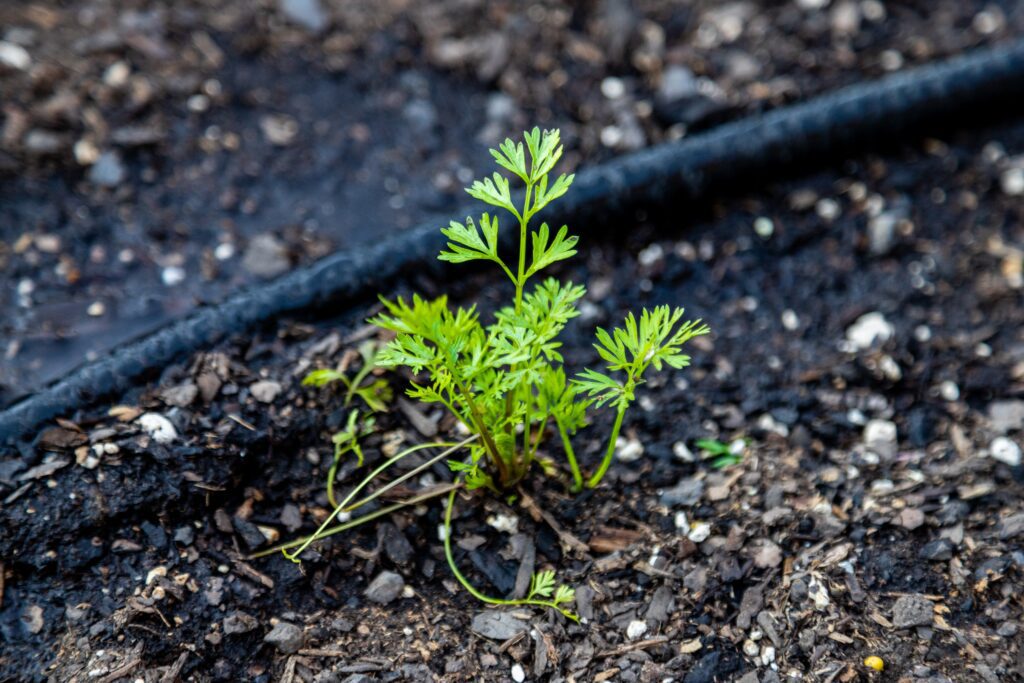
July: Automate the Garden Watering
Automating water irrigation on a suburban homestead can significantly enhance efficiency and conserve resources. In addition to a rain barrel that we set up a couple of years ago, drip irrigation with programmable timers is next on the list, ultimately promoting sustainable and resource-efficient urban homestead practices.
Garlic scapes, more tomatoes and fresh herbs continue to flood the garden this month, as I’m sure by now I will be struggling to keep up. Is this success?
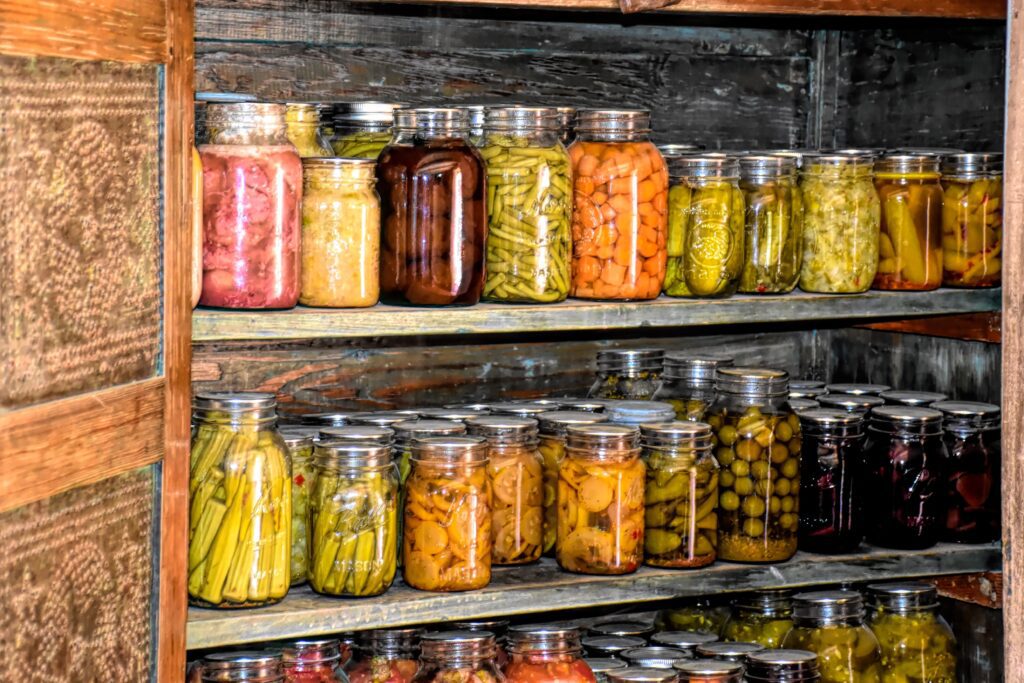
August: Harvest & Preserve
Now we can reap what we sow! There should be plenty coming in now if we’ve done our job well so far. In this phase of the year, I like to eat as much fresh as possible. Snacking in the garden is encouraged, and it is always a welcome surprise when a tasty but unexpected plant pops up from last year; hopefully this year again we’ll get another surprise arugula plant.
There are a lot of homestead recipes to eat now, and I’ll begin freezing meals and canning the garden excess.

September: Eat from the Homestead
What is left to freeze, can, cook, or bake will wrap up in September. There should be plenty of chives, onion tops, and maybe even some onion and garlic bulbs to begin using. As summer winds down and it begins to cool, I like to start making hearty garden soups. This month I will try to eat only from the homestead, plans are subject to change if there is not enough.
In a fasting sort of mindset, and similar to January, we will test our balance of the homestead budget and our willingness to simplify life.

October: Fall Planting
Late fall planting in Minnesota on a suburban homestead requires strategic choices to ensure successful growth in the challenging winter conditions. Every year after there is a chill in the air, I split my chives, sage bush, and thyme to expand or remove as needed.
At this time in Autumn, all of the garlic will be pulled up, dried and turned into garlic braids or wreaths, and dried flowers and bouquets are a great addition to a gardener’s spooky home decor. Eventually, we will grow a pumpkin patch too.
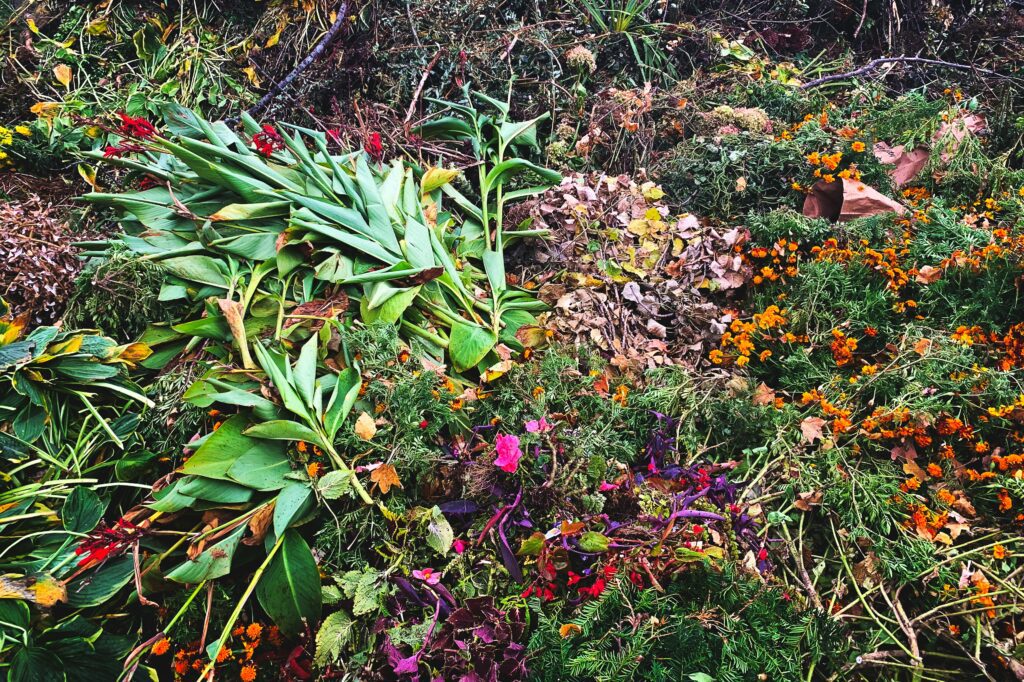
November: Garden Cleanup
Late fall garden cleanup is a crucial task for preparing the garden for winter dormancy. A proactive approach ensures a tidy and well-prepared garden, setting the stage for a successful and vibrant growing season when spring arrives.
There are many fall garden tasks to make sure we get done before the ground freezes and the final leaves fall for the year.
- Add compost to columnar apple trees, serviceberry shrub, and raspberry bush
- Remove excess plant debris
- Cut back perennials
- Tidy and store ornaments and summer-only infrastructure
- Add a mulch layer
- Trim trees

December: Decorate, Rest & Be Merry
Embracing rest, minimalism and simple living during the holidays in December on a homestead fosters a sense of tranquility and connection with the true spirit of the season. This ethos extends to a celebration centered around quality time spent together rather than excess.
Gather around a crackling fire, share wholesome, locally sourced meals, and engage in cherished traditions that celebrate the joy of togetherness. Emphasizing simplicity can also extend to sustainable practices, such as upcycling decorations, reducing waste, and appreciating the inherent beauty of a modest, intentional lifestyle. In doing so, December on the homesetad becomes a time of reflection, gratitude, and the pure enjoyment of life’s simple pleasures, with no time for care for endless work.
Conclusion
Stuck Indoors and Testing Limits
This January get ready for pantry organization (or lack thereof), boring meals, thoughts on getting hungry & fasting, and winter plant-based grocery shopping. I hope you will follow along on Pinterest and read more about our suburban homestead and our history.
